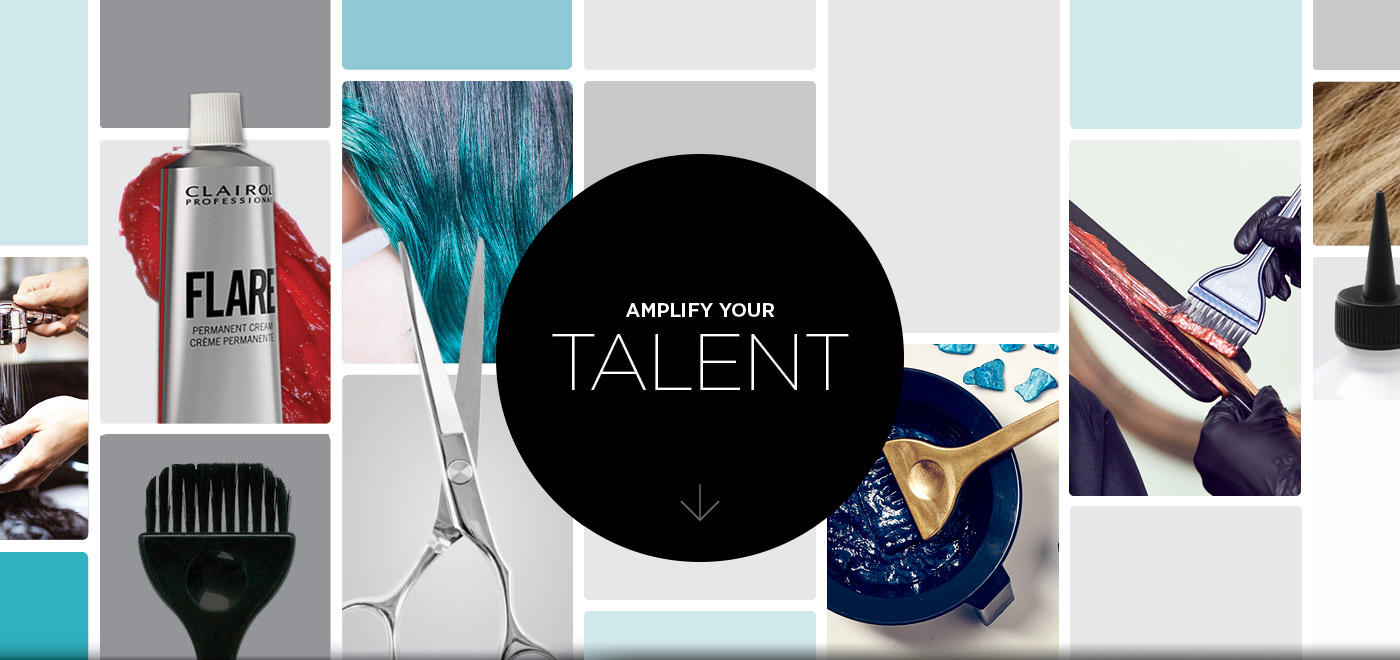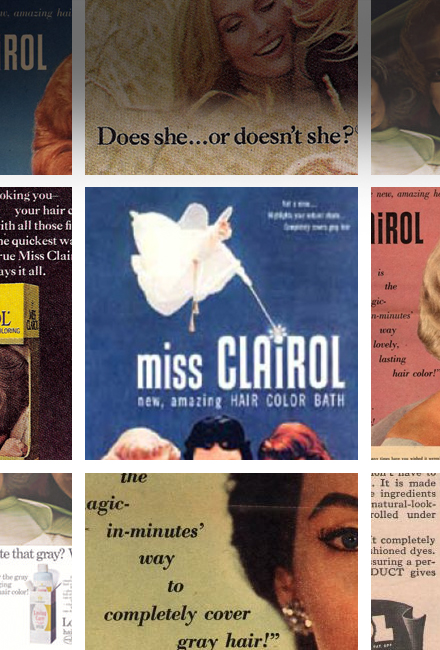Natural Hair Solutions
Tips & Tricks to Coloring Natural HairAlways perform a strand test. This will allow you to determine if there are remnants of previous color services and the amount of lift that can be achieved.
Time with your eye when using a permanent color or lightener. Due to the hair’s increased porosity, processing time may be less than the recommended 30 to 45 minutes. Check the color every 10 minutes and rinse when the hair has reached the desired results.
Consider the porosity of the hair. Porosity is the hair’s ability to absorb moisture. If the hair is porous, you may need to formulate one level lighter and process for less than the recommended timing.
Saturation is the key to a successful color result. Section the hair into quadrants and take smaller sub sections to ensure even color results.
Understand the different color categories and the level of commitment that comes with each. For example, semi-permanent color can enhance the natural color and blend up to 50% gray hair. It will gradually fade with no obvious re-growth after 6 to 10 shampoos. Permanent color on the other will permanently alter the natural color, has the ability to lighten the hair and provide up to 100% gray coverage. But it will require a touch up on the re-growth area every 4 to 6 weeks. Semi-permanent hair color (such as e.g. Beautiful Collection or Advanced Gray Solution) is in most cases the more gentle form of coloring as it does not contain ammonia or peroxide.
If trying to go lighter, start with highlights for an overall lighter look and less commitment to monthly touch ups. Use a free hand painting technique for a sun kissed look that transitions to a soft ombre.
Maintain great color with a color specific care regimen, such as iThrive Color Vibrancy. This line is formulated with ChromaLOCK Technology to help lock in the color and prevent color shifting.
Incorporate a weekly conditioning treatment. Color treated hair needs extra conditioning to prevent it dryness, especially if heat styling tools are a daily habit. iThrive has three different treatment conditioner formulas to choose from based on the type of protection needed.
Here are some DIY & How-to videos for you to watch:
Color for Textured Hair
DIY – Going Lighter
DIY – Gray Coverage
DIY – Enhancing shine & moisture



